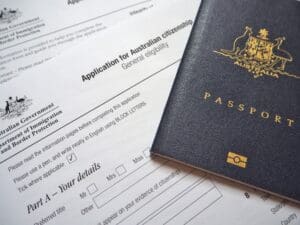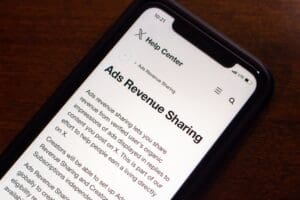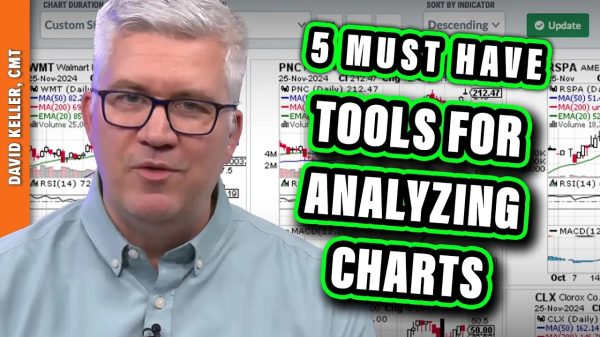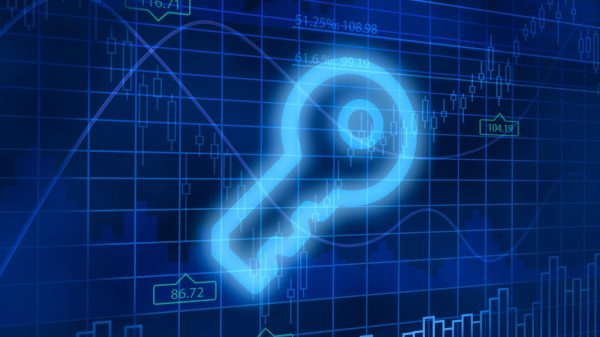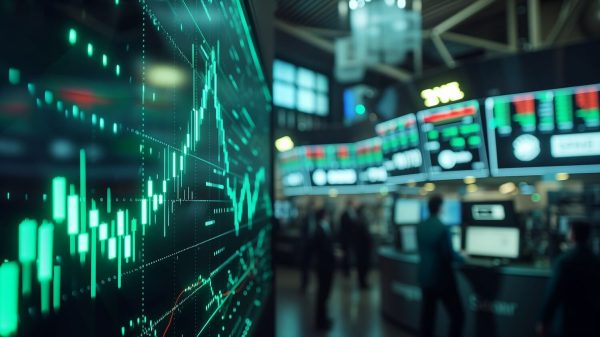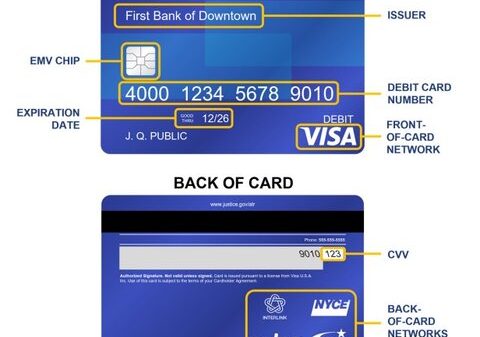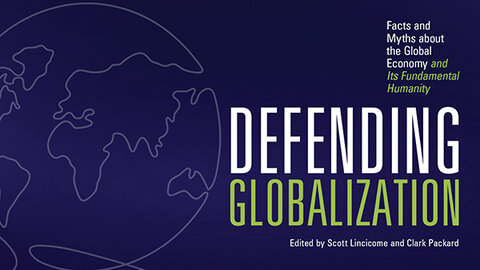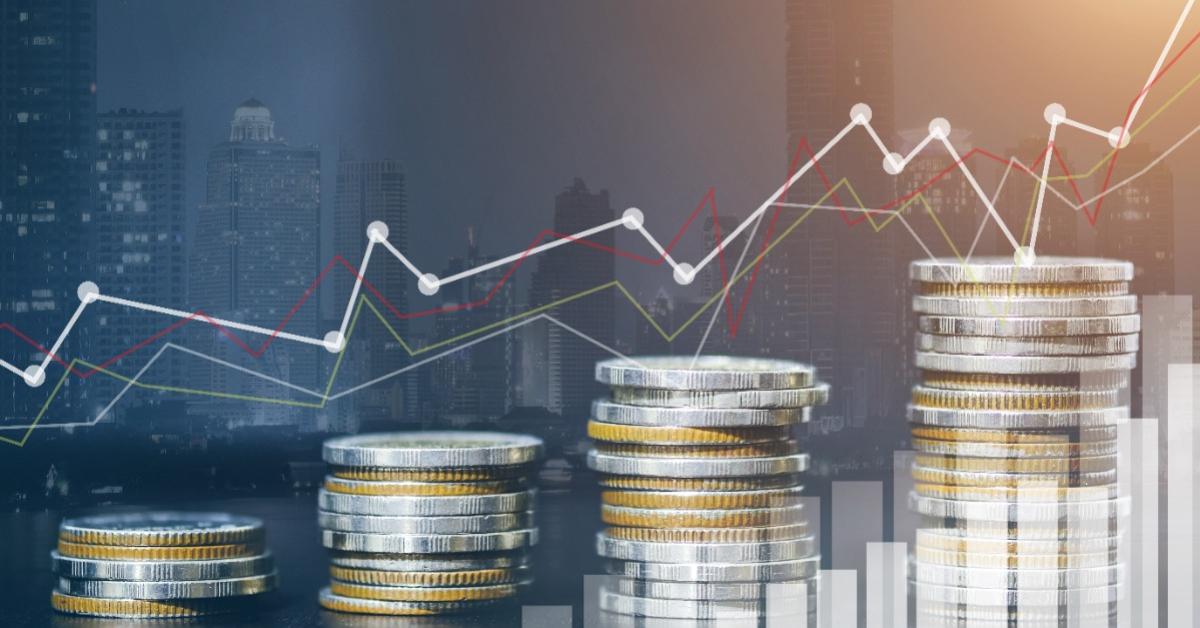From March 17, 2022, to the end of January 2023, the US Federal Reserve (Fed) increased its federal funds rate from practically zero to 4.50–4.75 percent. The rise in lending rates came in response to skyrocketing consumer goods price inflation: US inflation rose from 2.5 percent in January 2022 to 9.1 percent in June. Notwithstanding inflation falling to 6.4 percent in January 2023, the Fed continues to signal to markets that it will continue to hike rates to bring down consumer price inflation.
This is understandable. The Fed wants to maintain its inflation-fighting credentials; it wants people to believe it is really determined to bring inflation back to 2 percent. It is presumably well aware that the US dollar’s world reserve currency status needs to be protected more than ever, as it gives the US government (and the powerful special interest groups that harness it for their purposes) tremendous power, not only nationally but internationally.
Higher nominal (and real—i.e., inflation-adjusted) interest rates are now necessary to support the US dollar. These higher rates make the greenback more attractive against other unbacked currencies such as the euro, the Chinese renminbi, the Japanese yen, the British pound, and the Swiss franc. And with other central banks worldwide unable or unwilling to catch up with the Fed’s rate hike sprint, the US dollar exchange rate is expected to remain strong, attracting capital from abroad and allowing the US to run a massive trade deficit with the rest of the world.
However, there is concern that the Fed’s tightening could trigger another bust. Why? From sound economic theory, we know that issuing fiat currency through bank loans that are not backed by real savings creates an artificial upswing (“boom”), which sooner or later must end in a recession (“bust”). This is because the initial increase in the supply of bank credit artificially suppresses the market interest rate below the level that would prevail without an increase in bank credit. This artificially suppressed market interest rate entices consumers and producers to live beyond their means, leading to overconsumption and malinvestment.
All this ends once the inflow of new credit and money stops; then the market interest rate rises. Consumption decreases, savings increase, and investment projects are liquidated. Firms go bankrupt, and unemployment rises. Asset prices, such as the prices of stocks and real estate, which had been inflated during the period of artificially lowered interest rates, plummet. Deflated asset prices squeeze the equity capital of private households, firms, and banks. Higher credit costs put borrowers under increasing pressure to service their debt. The number of loan defaults increases, causing banks to tighten their lending standards. A downward spiral begins: tightening credit market conditions lead to more defaults and even tighter credit market conditions. At the extreme, the credit crunch, asset price deflation, and output and employment losses could collapse the fiat money system.
Where are we right now? At 4.50–4.75 percent, the Fed’s interest rate is still relatively modest by historical standards. Also, adjusted for consumer price inflation, the Fed’s key interest rate is still at −1.8 percent. However, the restrictive impact of the Fed’s latest series of interest rate hikes is much more pronounced than many market observers believe. Most importantly, the US money stock M2 is declining for the first time since 1959. In December 2022, it fell by 1.3 percent on an annualized basis (by a hefty 7.3 percent in inflation-adjusted terms).
thorsten_picture1.png
The current contraction in nominal M2 is not caused by a contraction in bank lending. What is happening is that the Fed is pulling central bank money out of the system. It does this in two ways. The first is by not reinvesting the payments it receives into its bond portfolio. The second is by resorting to so-called reverse repo operations, in which it offers “eligible counterparties” (those few privileged to do business with the Fed) the ability to park their cash with the Fed overnight and pays them an interest rate close to the federal funds rate.
The Fed does business not only with banks but also with nonbanks (such as asset management firms). When nonbanks move their bank and/or client deposits to the Fed, the banking sector loses central bank money as well as commercial bank money. As a result, the money stock M2 drops. The Fed is sucking liquidity out of the financial system, a move that is at least disinflationary: it will slow the rate of goods price increases in the economy. It may even be deflationary, that is, exerting downward pressure on goods prices across the board.
thorsten_picture2.png
The Fed has announced that it intends not only to continue to raise interest rates further but also to continue to reduce its balance sheet and sponge up central bank money. What is concerning in this context is that Fed chairman Jerome H. Powell—and presumably the rest of his team—does not really pay attention to the developments in monetary aggregates when making policy decisions. This, in turn, implies a real risk that the Fed will overtighten, meaning contract the quantity of money further.
The Fed appears to be taking current inflation into account when setting its policy. However, it is fair to say that future inflation is ultimately determined by past or current monetary expansion. And since the nominal (and real) money supply is now contracting—not only in the US but also in many other currency areas, by the way—a deflationary shock is building up, which would then become really problematic if the money stock continues to shrink as bank credit supply starts dwindling. It’s a recipe for disaster (aka the next bust).
Interestingly, financial markets have remained relatively optimistic of late, as various market stress indicators suggest: credit spreads are contained, and stock prices have been drifting higher since their recent low in October 2022. Perhaps markets are confident that the Fed will orchestrate a “soft landing,” bringing sky-high inflation down without tipping the economy into recession and financial markets into turmoil. Or they bet that, should the credit pyramid really start to falter, the Fed will reverse its tightening policy and bail out the system, as it has done so many times in the past, regardless of inflation.
In fact, this is what Murray N. Rothbard (1926–1995) saw coming a long time ago. He wrote in America’s Great Depression, “The American economy will be increasingly faced with two alternatives: either a massive deflationary 1929-type depression to clear out the debt, or a massive inflationary bailout by the Federal Reserve.” In view of the politics of his time, he concluded, “We can look forward, therefore, not precisely to a 1929-type depression, but to an inflationary depression of massive proportions.”
I firmly believe Rothbard’s conclusion is particularly relevant to our times, that markets are right to bet on a Fed bailout in times of trouble but that they grossly underestimate the economic damage and inflationary impact it would have.


